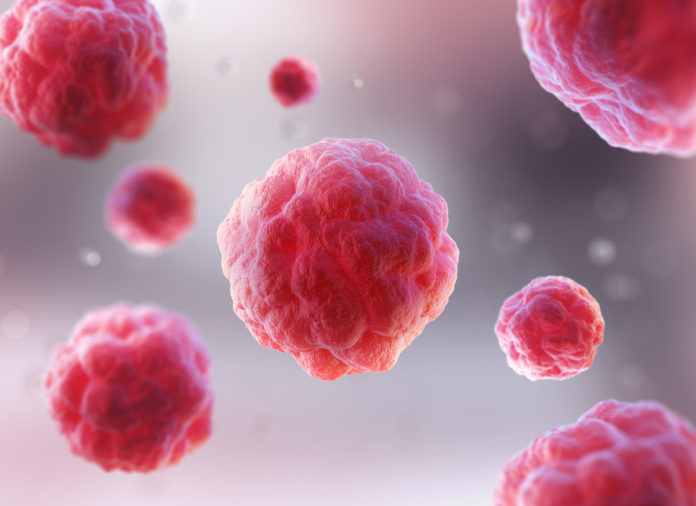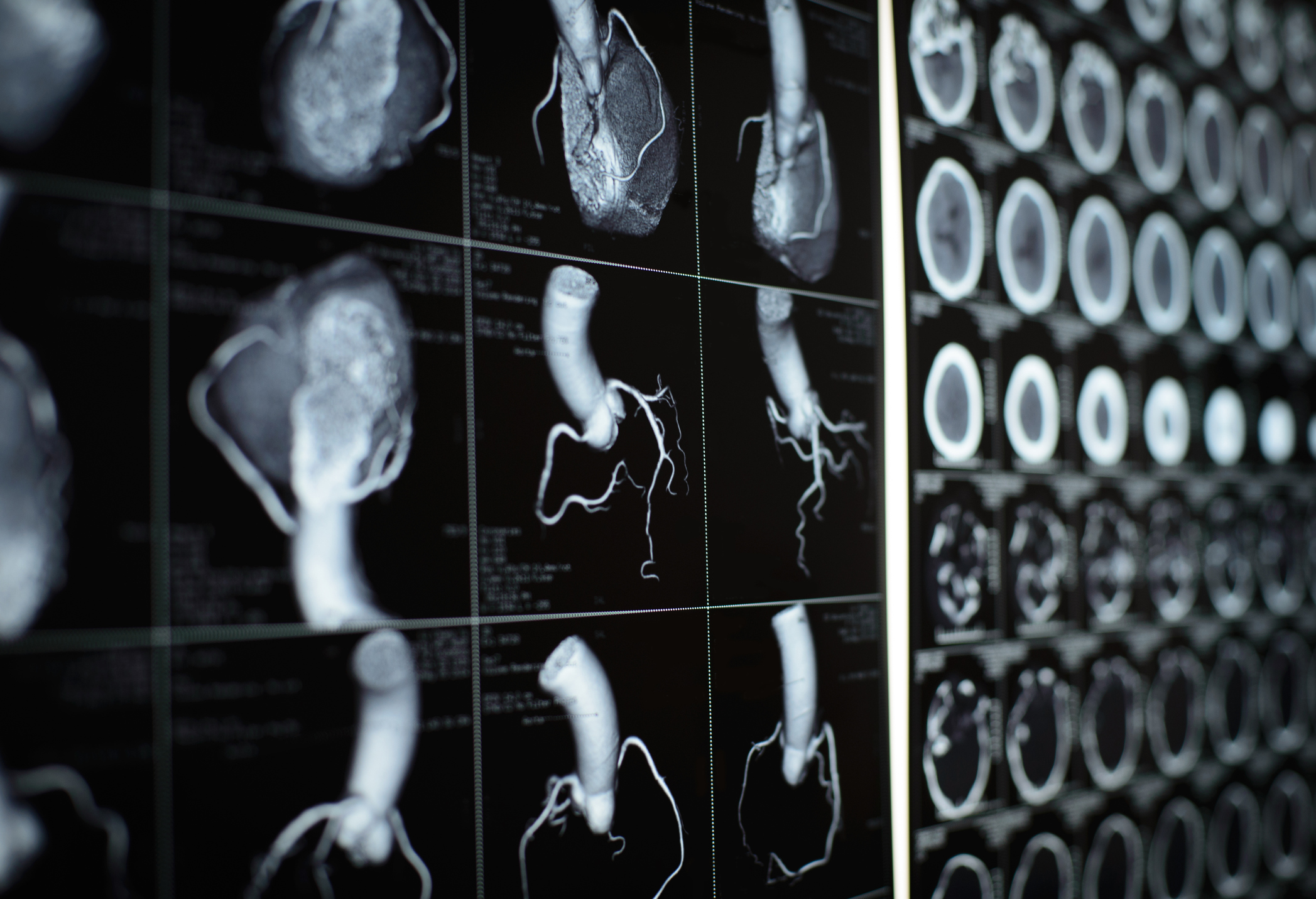
Assuming it makes medical sense to have all the whole disease described here, we’ll have a general description here.
defining characteristics
Verruca vulgaris
Verrucus (bumpy/rough), hyperkeratotic skin colored papules; usually asymptomatic unless 2ndary infection/inflammation
Verruca plantaris
Hyperkeratotic papules/plaques that are less exophytic, black macules of thrombosed capillary loops (“seeds” = lay term)
Condylomata acuminata Genital warts; flatter, gray/brown papules
Filiform warts
Thinlike projections common on face
Verruca plana
Pinkish warts common on hands/face
epidemiology
Verruca vulgaris
“Infection of basal layer of skin with HPV (dsDNA virus), resulting in the slow division of cells in the spinous layer; eventually leads to hyperkeratosis and papillomatosis
Transmitted from skin to skin contact, autoinoculation, contaminated surfaces”
Verruca plantaris
“Infection of basal layer of skin with HPV (dsDNA virus), resulting in the slow division of cells in the spinous layer; eventually leads to hyperkeratosis and papillomatosis
Transmitted from skin to skin contact, autoinoculation, contaminated surfaces”
Condylomata acuminata
“Infection of basal layer of skin with HPV (dsDNA virus), resulting in the slow division of cells in the spinous layer; eventually leads to hyperkeratosis and papillomatosis
Transmitted from skin to skin contact, autoinoculation, contaminated surfaces”
Filiform warts
“Infection of basal layer of skin with HPV (dsDNA virus), resulting in the slow division of cells in the spinous layer; eventually leads to hyperkeratosis and papillomatosis
Verruca plana
“Infection of basal layer of skin with HPV (dsDNA virus), resulting in the slow division of cells in the spinous layer; eventually leads to
Transmitted from skin to skin contact, autoinoculation, contaminated surfaces”
risk factors
Verruca vulgaris
“Infection of basal layer of skin with HPV (dsDNA virus), resulting in the slow division of cells in the spinous layer; eventually leads to hyperkeratosis and papillomatosis
Transmitted from skin to skin contact, autoinoculation, contaminated surfaces”
Verruca plantaris
“Infection of basal layer of skin with HPV (dsDNA virus), resulting in the slow division of cells in the spinous layer; eventually leads to hyperkeratosis and papillomatosis
Transmitted from skin to skin contact, autoinoculation, contaminated surfaces”
Condylomata acuminata
“Infection of basal layer of skin with HPV (dsDNA virus), resulting in the slow division of cells in the spinous layer; eventually leads to hyperkeratosis and papillomatosis
Transmitted from skin to skin contact, autoinoculation, contaminated surfaces”
Filiform warts
“Infection of basal layer of skin with HPV (dsDNA virus), resulting in the slow division of cells in the spinous layer; eventually leads to hyperkeratosis and papillomatosis
Verruca plana
“Infection of basal layer of skin with HPV (dsDNA virus), resulting in the slow division of cells in the spinous layer; eventually leads to
Transmitted from skin to skin contact, autoinoculation, contaminated surfaces”
labimaging
Verruca vulgaris
“Infection of basal layer of skin with HPV (dsDNA virus), resulting in the slow division of cells in the spinous layer; eventually leads to hyperkeratosis and papillomatosis
Transmitted from skin to skin contact, autoinoculation, contaminated surfaces”
Verruca plantaris
“Infection of basal layer of skin with HPV (dsDNA virus), resulting in the slow division of cells in the spinous layer; eventually leads to hyperkeratosis and papillomatosis
Transmitted from skin to skin contact, autoinoculation, contaminated surfaces”
Condylomata acuminata
“Infection of basal layer of skin with HPV (dsDNA virus), resulting in the slow division of cells in the spinous layer; eventually leads to hyperkeratosis and papillomatosis
Transmitted from skin to skin contact, autoinoculation, contaminated surfaces”
Filiform warts
“Infection of basal layer of skin with HPV (dsDNA virus), resulting in the slow division of cells in the spinous layer; eventually leads to hyperkeratosis and papillomatosis
Verruca plana
“Infection of basal layer of skin with HPV (dsDNA virus), resulting in the slow division of cells in the spinous layer; eventually leads to
Transmitted from skin to skin contact, autoinoculation, contaminated surfaces”
conventional treatment
Verruca vulgaris
“Infection of basal layer of skin with HPV (dsDNA virus), resulting in the slow division of cells in the spinous layer; eventually leads to hyperkeratosis and papillomatosis
Transmitted from skin to skin contact, autoinoculation, contaminated surfaces”
Verruca plantaris
“Infection of basal layer of skin with HPV (dsDNA virus), resulting in the slow division of cells in the spinous layer; eventually leads to hyperkeratosis and papillomatosis
Transmitted from skin to skin contact, autoinoculation, contaminated surfaces”
Condylomata acuminata
“Infection of basal layer of skin with HPV (dsDNA virus), resulting in the slow division of cells in the spinous layer; eventually leads to hyperkeratosis and papillomatosis
Transmitted from skin to skin contact, autoinoculation, contaminated surfaces”
Filiform warts
“Infection of basal layer of skin with HPV (dsDNA virus), resulting in the slow division of cells in the spinous layer; eventually leads to hyperkeratosis and papillomatosis
Verruca plana
“Infection of basal layer of skin with HPV (dsDNA virus), resulting in the slow division of cells in the spinous layer; eventually leads to
Transmitted from skin to skin contact, autoinoculation, contaminated surfaces”
complications
Verruca vulgaris
“Infection of basal layer of skin with HPV (dsDNA virus), resulting in the slow division of cells in the spinous layer; eventually leads to hyperkeratosis and papillomatosis
Transmitted from skin to skin contact, autoinoculation, contaminated surfaces”
Verruca plantaris
“Infection of basal layer of skin with HPV (dsDNA virus), resulting in the slow division of cells in the spinous layer; eventually leads to hyperkeratosis and papillomatosis
Transmitted from skin to skin contact, autoinoculation, contaminated surfaces”
Condylomata acuminata
“Infection of basal layer of skin with HPV (dsDNA virus), resulting in the slow division of cells in the spinous layer; eventually leads to hyperkeratosis and papillomatosis
Transmitted from skin to skin contact, autoinoculation, contaminated surfaces”
Filiform warts
“Infection of basal layer of skin with HPV (dsDNA virus), resulting in the slow division of cells in the spinous layer; eventually leads to hyperkeratosis and papillomatosis
Verruca plana
“Infection of basal layer of skin with HPV (dsDNA virus), resulting in the slow division of cells in the spinous layer; eventually leads to
Transmitted from skin to skin contact, autoinoculation, contaminated surfaces”
disease development
Verruca vulgaris
“Infection of basal layer of skin with HPV (dsDNA virus), resulting in the slow division of cells in the spinous layer; eventually leads to hyperkeratosis and papillomatosis
Transmitted from skin to skin contact, autoinoculation, contaminated surfaces”
Verruca plantaris
“Infection of basal layer of skin with HPV (dsDNA virus), resulting in the slow division of cells in the spinous layer; eventually leads to hyperkeratosis and papillomatosis
Transmitted from skin to skin contact, autoinoculation, contaminated surfaces”
Condylomata acuminata
“Infection of basal layer of skin with HPV (dsDNA virus), resulting in the slow division of cells in the spinous layer; eventually leads to hyperkeratosis and papillomatosis
Transmitted from skin to skin contact, autoinoculation, contaminated surfaces”
Filiform warts
“Infection of basal layer of skin with HPV (dsDNA virus), resulting in the slow division of cells in the spinous layer; eventually leads to hyperkeratosis and papillomatosis
Verruca plana
“Infection of basal layer of skin with HPV (dsDNA virus), resulting in the slow division of cells in the spinous layer; eventually leads to
Transmitted from skin to skin contact, autoinoculation, contaminated surfaces”
potential causes
Verruca vulgaris
“Infection of basal layer of skin with HPV (dsDNA virus), resulting in the slow division of cells in the spinous layer; eventually leads to hyperkeratosis and papillomatosis
Transmitted from skin to skin contact, autoinoculation, contaminated surfaces”
Verruca plantaris
“Infection of basal layer of skin with HPV (dsDNA virus), resulting in the slow division of cells in the spinous layer; eventually leads to hyperkeratosis and papillomatosis
Transmitted from skin to skin contact, autoinoculation, contaminated surfaces”
Condylomata acuminata
“Infection of basal layer of skin with HPV (dsDNA virus), resulting in the slow division of cells in the spinous layer; eventually leads to hyperkeratosis and papillomatosis
Transmitted from skin to skin contact, autoinoculation, contaminated surfaces”
Filiform warts
“Infection of basal layer of skin with HPV (dsDNA virus), resulting in the slow division of cells in the spinous layer; eventually leads to hyperkeratosis and papillomatosis
Verruca plana
“Infection of basal layer of skin with HPV (dsDNA virus), resulting in the slow division of cells in the spinous layer; eventually leads to
Transmitted from skin to skin contact, autoinoculation, contaminated surfaces”
prevention
Verruca vulgaris
“Infection of basal layer of skin with HPV (dsDNA virus), resulting in the slow division of cells in the spinous layer; eventually leads to hyperkeratosis and papillomatosis
Transmitted from skin to skin contact, autoinoculation, contaminated surfaces”
Verruca plantaris
“Infection of basal layer of skin with HPV (dsDNA virus), resulting in the slow division of cells in the spinous layer; eventually leads to hyperkeratosis and papillomatosis
Transmitted from skin to skin contact, autoinoculation, contaminated surfaces”
Condylomata acuminata
“Infection of basal layer of skin with HPV (dsDNA virus), resulting in the slow division of cells in the spinous layer; eventually leads to hyperkeratosis and papillomatosis
Transmitted from skin to skin contact, autoinoculation, contaminated surfaces”
Filiform warts
“Infection of basal layer of skin with HPV (dsDNA virus), resulting in the slow division of cells in the spinous layer; eventually leads to hyperkeratosis and papillomatosis
Verruca plana
“Infection of basal layer of skin with HPV (dsDNA virus), resulting in the slow division of cells in the spinous layer; eventually leads to
Transmitted from skin to skin contact, autoinoculation, contaminated surfaces”



